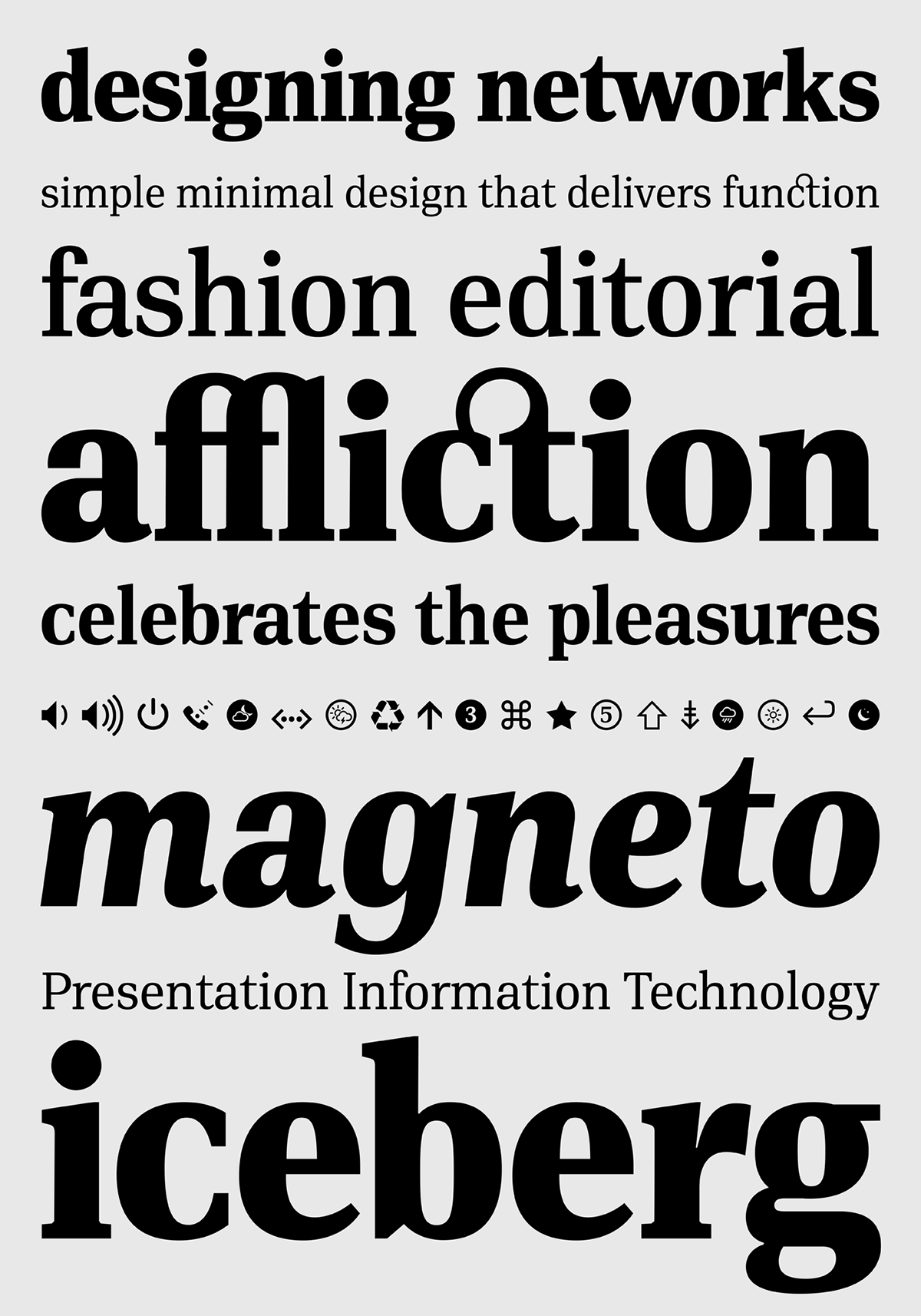
This updated design was created especially so that computer based traffic monitoring systems could been distinguish between letterforms.
Characteristics of din typeface license#
DIN is still in use on the German highway system, but the license plates were updated in 1994 to improve a different type of legibility.

Many of these new highway sign typefaces set out to improve upon the legibility of DIN 1451, as DIN was not initially designed for that purpose, later revisions to the face have addressed many of the changes improving legibility and modernizing the face. Even typefaces such as Clearview and Frutiger that are common today can trace elements of their design back to DIN 1451. As a result it set the tone for road sign aesthetics. The history of the realist sans-serif known today as DIN goes back to 1905. Because DIN 1451 was the first typeface to be standardized across a highway system, it was the standard that all other counties compared themselves to. Transport, their final design reflects some of the more unique characteristics DIN, while incorporating more personality. However the team tasked with creating the typeface itself felt DIN would to be too plain and harsh for the British countryside. When the British government was looking for a new typeface for the signs on their highway system, the original brief alluded directly to DIN. The Regular performs well in long text settings, while Light and Bold faces are extremely. As the standard typeface of the country DIN ended up as the typeface for street signs throughout the country.ĭespite, and perhaps because of, DIN,s widespread use the generic construction felt harsh and too plain for many designers. DIN 2014 is a contemporary version of a well-known DIN typeface. This committee was headed by Siemens engineer Ludwig Goller and ultimately elected to adopt a modified version of the German Railway,s typeface, creating DIN 1451 Mittelschrift (medium) and Engschrift (condensed) in 1936. This culminated with the DIN committee deciding in 1927 to standardize the typeface used across Germany. This coincided with a larger push among the German government and people to establish national standards for everything needed in a modern industrial country. When the railroads of the German States were consolidated into one national railroads in 1905 the newly formed German Railroads elected to adopt the Prussian Railway,s typeface across the country. The letterforms were designed with function over form a typeface that would be easy to apply at a larger size across a wide range of applications. This typeface started out as a specification by Prussian Railways for lettering on coaches and signs.

When DIN is used as a typeface what is being referred to is DIN 1451. DIN stands for Deutsches Institut fúr Normung, or in English: German Institute for Standards.


 0 kommentar(er)
0 kommentar(er)
